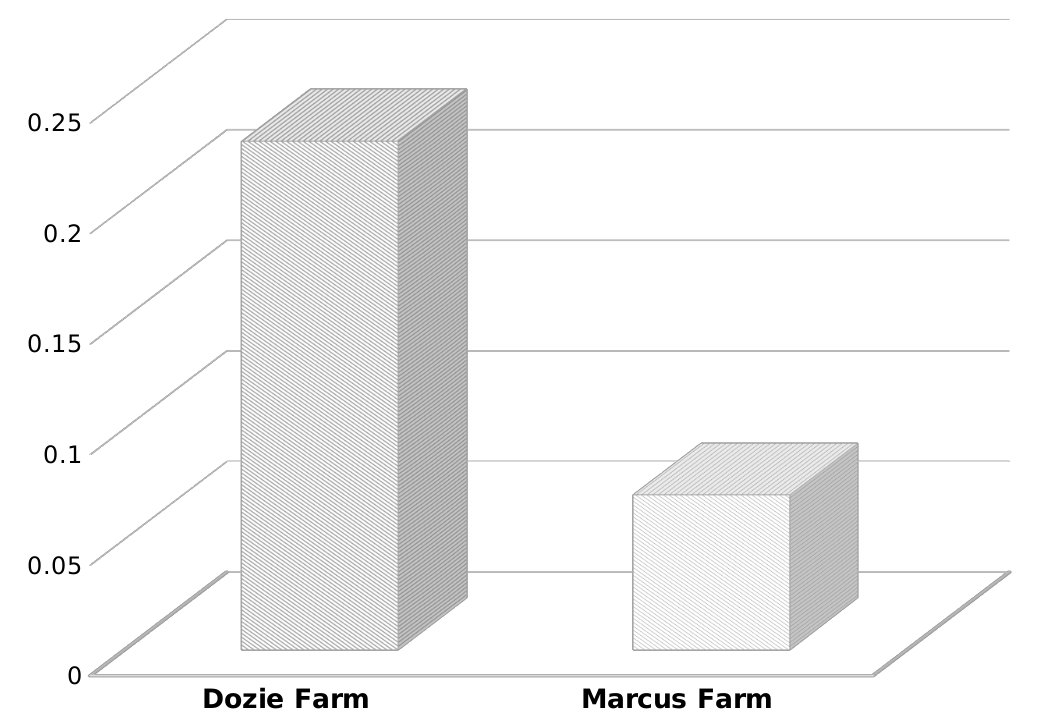Geochemical assessments and human health risk evaluations of selected farm soils within the Abuja metropolis, North-central, Nigeria
Keywords:
Soils, Toxin concentrations, Contamination indices, Health risksAbstract
Toxin accumulations in agricultural soils decreases the crop quality and productivity, and threatens the safety of foods, which could cause adverse human health effects. This study assessed the risks associated with potential toxins in the agricultural soils obtained from Lugbe and Jikwoyi in Abuja, Nigeria. An analytical technique for absorption spectrophotometry was adopted, and human health risks were evaluated. Twenty soil samples were collected from two farmlands, and two control samples were taken on unpolluted sites at depths 5-20 cm from the surface at the average suspension of plant roots where the soil holds most plant nutrients and water at a space interval of 5 m. The soils generally had low mean concentrations of Ca, Cu, Zn, Mn, Fe, and Co and moderately high mean concentrations of F, Ni, Pb, Cr, and Mo. The pattern of the pollutants reflected that the pollutants were majorly from anthropogenic activities, such as long-term fertilizer applications and other agrochemicals. The contamination indices revealed reassuringly low to moderate pollution risks to humans. The overall pollution loads suggested that the samples were largely unpolluted. The non-carcinogenic and carcinogenic health risks were within the safety limits for inhalation, dermal, and ingestion, which pose no significant risk to children and adults living in the vicinities of the farmlands. The cancer risks for inhalation were higher than dermal and ingestion, with Cr showing the highest values. The samples were slightly contaminated with potentially toxic metals, which could lead to increased phyto-accumulations, soil pollution, and groundwater contamination.

Published
How to Cite
Issue
Section
Copyright (c) 2024 Akintayo O. Ojo, Magdalene E. Nnamso-Ubokudom, Onyebuchi F. Nzekwe

This work is licensed under a Creative Commons Attribution 4.0 International License.




